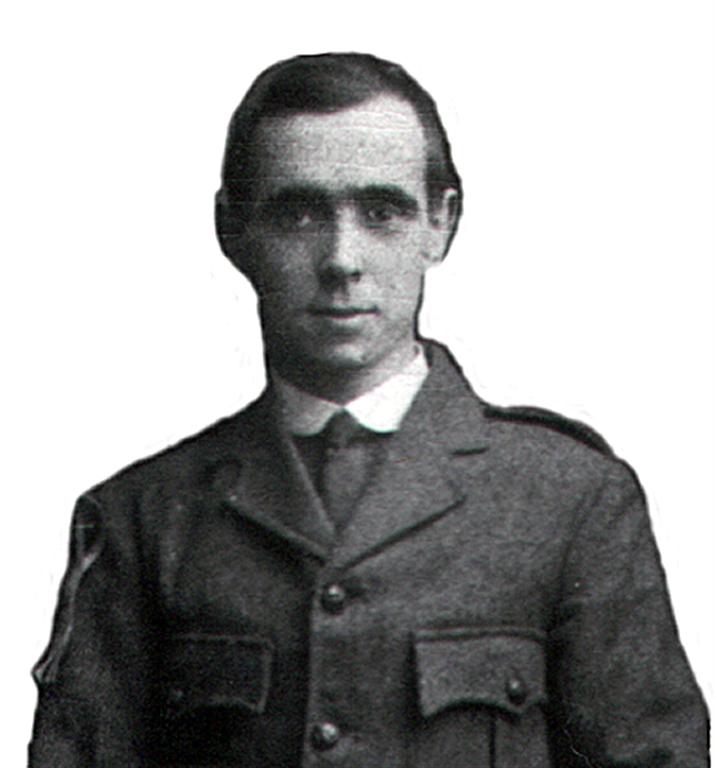
George Greenacre formed the 1st Chirton Scout Troop on the 17th of May 1915 with his younger brother Frederick and is named on the original Group registration form as being the Scout Master.
George’s father had originally lived in Norfolk, but had walked to North Shields looking for work in the mining industry in about 1875. George himself was aged about 30 when he formed the Scout Troop, he had followed in his father’s footsteps and was working in Preston Colliery as a miner.
He formed the Troop almost a year after the first world war started, as a miner he was not allowed to join the army, but a lot of the Scouts fathers and brothers would have done, as such George quickly became a father figure to many of them.
In August 1916 Lt Col Ritson, one of the owners of the colliery was medically retired from the army and returned home. He took an interest in the Troop and gave them one of the colliery stables to use for their meetings. This was later swapped for the colliery’s ambulance hut.
In 1925 George took on the role of District Scout Master for a few years, meanwhile the Troop continued to flourish and in 1929 George became the Group Scout Master when a Cub Pack was formed.
In September 1929 Preston Colliery stopped producing coal and eventually closed down, George changed jobs and became a school attendance officer.
This involved the enforcement of the legal requirement for children to attend school, as well as assessing who needed school meals, taking children to clinics and generally looking after their welfare. The Troop is known to have had a lot of boys from children’s homes in the beginning and it is likely some of them would have been recruited by George whilst on his home visits.
George’s own twin son’s Les and Alan joined the Cub pack in 1932 and stayed with the Group through all the sections until leaving in 1945.
When the Second World War broke out George was in his early 50’s and was again the District Scout Master as well as running the Group and the Scout Troop. He became an air raid warden which meant he had to do things such as check that the blackout was being observed, sound the air raid siren when there was a raid, make sure people went into public air raid shelters in an orderly fashion, check people’s gas masks, evacuate areas around unexploded bombs as well as helping to rescue casualties from bomb damaged properties and find accommodation for people who had been bombed out.
On the night of Tuesday 30th of September 1941 a major raid took place over the eastern half of North Shields, thirty eight high explosive bombs were dropped hitting targets such as the railway station and the docks. The night was described as having a real “bombers moon”, Les Greenacre said “I never remember a more brilliantly lit night”.
George had swapped shifts with a friend that night and was on duty at a public air raid shelter in the old ventilation shaft from the colliery on Queen Alexander Road. He was in the habit of going to the miner’s cottages at the bottom of Queen Alexandra Road and checking the elderly occupants had heard the sirens and it is believed that is what he decided to do during this raid.
As he left the shelter, a single stray bomb landed directly on the entrance killing him instantly. His body was taken to a mortuary on Church Way in North Shields and he was buried 4 days later in Preston Cemetery after a service in Christ Church.
His death was devastating to everyone who knew him, he had been an extremely popular and well respected man.
One of the Scouts was out doing his paper round on his bike the morning after the raid when he heard the news. At the time a bike was a very rare thing as the rubber needed for the tyres was in extremely short supply. He dropped his bike where he stood and ran all the way home in floods of tears.